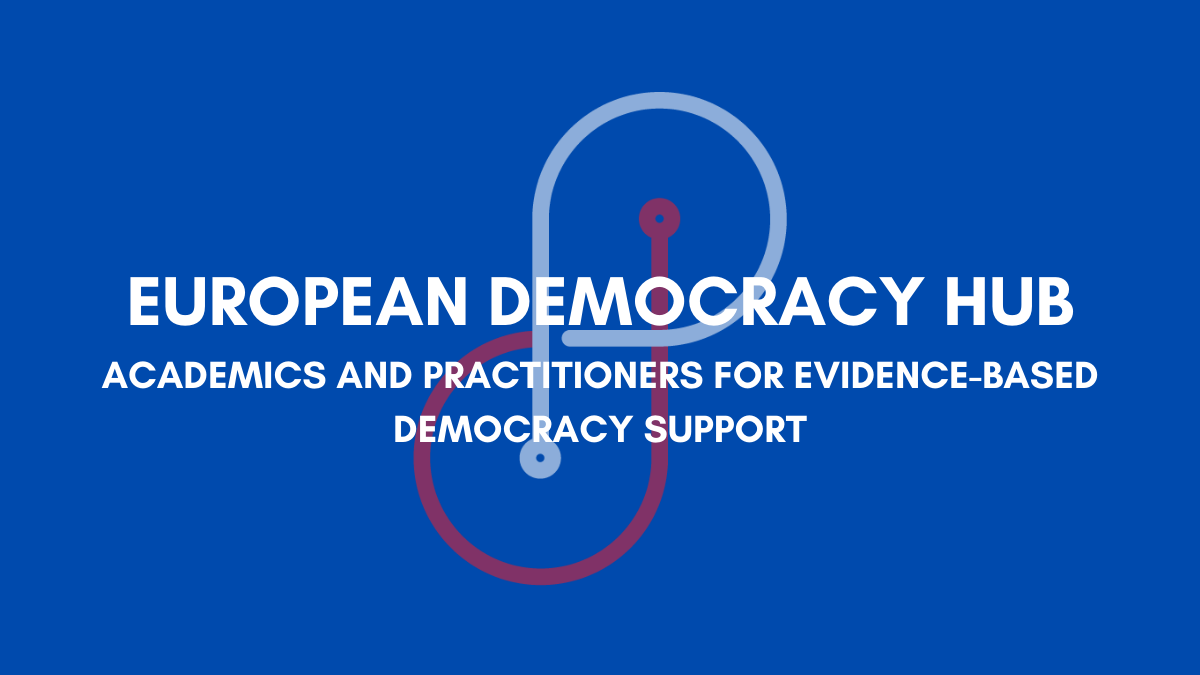Democratic Innovations From Around the World: Lessons for the West


Analysis
Richard Youngs and Ken Godfrey, as part of the European Democracy Hub initiative run by Carnegie Europe and the European Partnership for Democracy, categorise distinctive types of citizen participation from around the world and consider their policy implications. The Western model of selection-based mini-publics is often considered the "gold standard" for participation, since citizens have an equal chance to participate and debates are highly structured. However, international experiences have emerged that present their own benefits and drawbacks, and are grouped into three clusters:
- Efforts to extend democratic participation within existing consultative processes: In this manner, deliberation and wider participation are built directly into public consultation efforts, notably through more participative online petitions. Benefits of this approach include that mechanisms are familiar to citizens and tightly embedded in decisionmaking cycles, and moreover are convenient, fast, and inexpensive. Outputs also have the potential to include more of a two-way discussion between citizens and decision-makers, instead of long lists of recommendations from citizens' assemblies that often translate to little real world impact.
- More open forms of participation that involve relatively large numbers of citizen: Instead of using random-selection assemblies and panels, participation is done more loosely and broadly across a wider number of citizens. While the sample of citizens is less representative than the selection-based methods exercised in Western states, there are advantages to involving much larger numbers of citizens.
- Attempts to connect citizen participation to other political actors: Direct citizen participation is connected to democratic actors and institutions for accountability, which can offer advantages over Western participative efforts that are frequently disconnected from other channels of democratic participation. These efforts can be especially useful in contexts in which connections are most notable at the level of CSOs, as is seen in many countries where governments are not supportive of formal citizen initiatives. The approach can offer more space for participation where governments are more closed to it.
Read the full article on the Carnegie Europe website.

